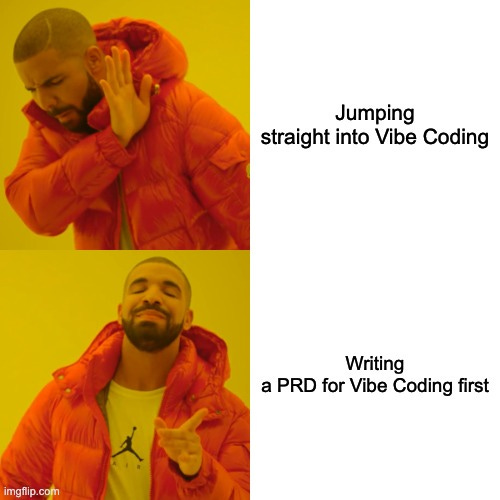When you hear “PRD,” you probably think:
→ product features
→ engineering handoffs
→ dev timelines
But I’m working on something that doesn’t have screens, tickets, or a launch plan.
It’s called Vibe Coding — and I still wrote a PRD for it.
Why?
Because Vibe Coding is not content. It’s a thinking framework.
It helps people build better mental models using four types of thinking:
Logical (clarity, intent, framing)
Analytical (patterns, assumptions, breaking down)
Computational (structure, sequence, flow)
Procedural (depth, repetition, growth)
Here’s how the PRD helped me bring that to life:
Logical Thinking → Project Overview
What is Vibe Coding? Why build it? Who is it for?Analytical Thinking → Prerequisites
What skills or mindset should someone have before starting?Computational Thinking → Key Features & MVP
What must be included for this to work? What’s the minimum?Procedural Thinking → Session Design
How does each session go deeper? How do concepts build?
This PRD isn’t for a dev team. It’s for me — to think clearly.
Because even if you’re not writing code, you still need to design thinking.
If your idea feels fuzzy, don’t jump into execution.
Write a PRD first. Even for something like Vibe Coding.
Yours




